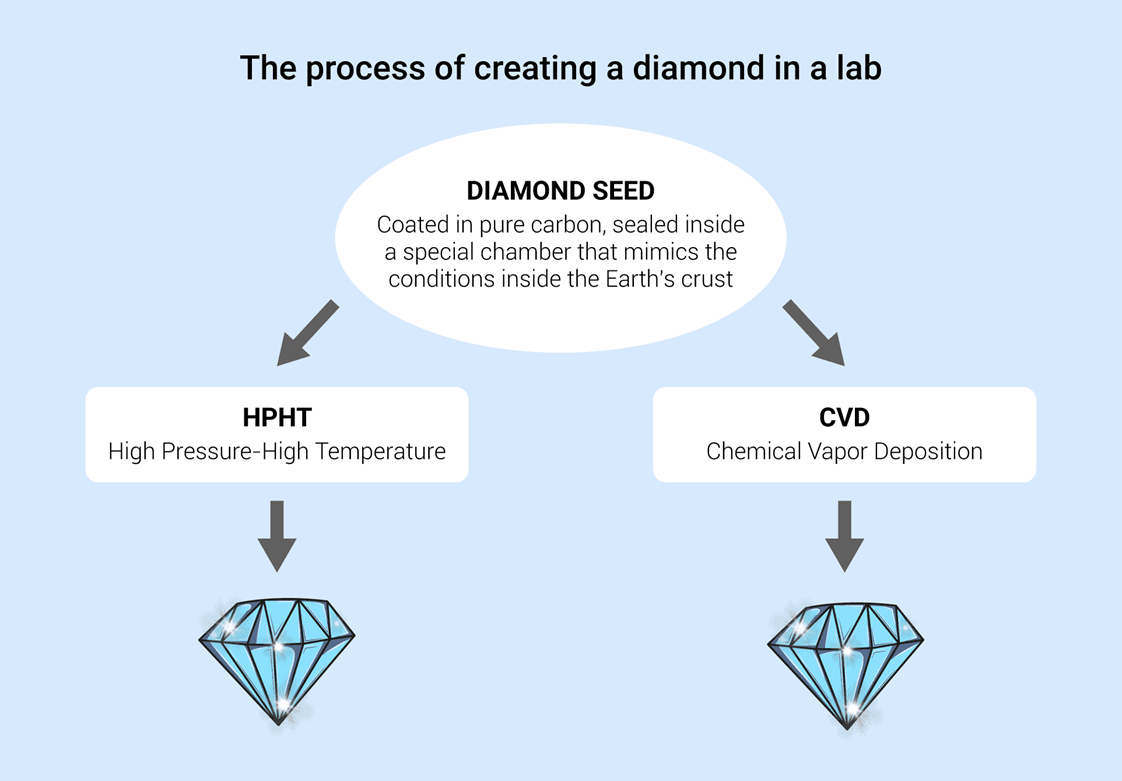- Courses
- GS Full Course 1 Year
- GS Full Course 2 Year
- GS Full Course 3 Year
- GS Full Course Till Selection
- Online Program
- GS Recorded Course
- NCERT (Recorded 500+ Hours)
- Polity Recorded Course
- Geography Recorded Course
- Economy Recorded Course
- AMAC Recorded Course
- Modern India, Post Independence & World History
- Environment Recoded Course
- Governance Recoded Course
- Science & Tech. Recoded Course
- International Relations and Internal Security Recorded Course
- Disaster Management Module Course
- Ethics Recoded Course
- Essay Recoded Course
- Current Affairs Recoded Course
- CSAT
- 5 LAYERED ARJUNA Mentorship
- Public Administration Optional
- ABOUT US
- OUR TOPPERS
- TEST SERIES
- FREE STUDY MATERIAL
- VIDEOS
- CONTACT US
The Growing Lab-Grown Diamond Industry in India and Beyond
The Growing Lab-Grown Diamond Industry in India and Beyond
21-05-2024

India has emerged as a significant player in the lab-grown diamond industry, ranking as the world's 2nd-largest producer of these precious stones created in laboratories.
What are Lab-Grown Diamonds:
Properties and Origin:
- Lab-grown diamonds share essentially the same chemical, optical, and physical properties, including crystal structure, as natural diamonds.
- Both lab-grown and natural diamonds are composed of tightly bonded carbon atoms, respond to light similarly, and possess comparable hardness.
- The primary distinction between the two lies in their origin.
Production Methods:
- Lab-grown diamonds are produced using specific technologies that copy the geological processes responsible for natural diamond formation.
High-Pressure, High-Temperature (HPHT) Method:
- The most common and cost-effective method for producing lab-grown diamonds.
- It copies the conditions under which natural diamonds form deep in the Earth.
- Carbon materials are subjected to extreme temperatures (1300-1600 °C) and pressures (over 870,000 lbs per square inch) in a large machine.
- Lower-quality natural or lab-grown diamonds can undergo the HPHT process to enhance color or alter it to hues like pink, blue, or yellow.
Chemical Vapor Deposition (CVD):
- This technique involves growing lab-grown diamonds at moderate temperatures (700-1300 °C) and lower pressures.
- Carbon-containing gas is introduced into a vacuum chamber and deposits onto a diamond seed, crystallizing into lab-grown diamond.
- The growth time determines the eventual size of the diamond.
Applications of Lab-Grown Diamonds:
Industrial Uses:
- Lab-grown diamonds are employed in machines and tools due to their hardness and extra strength, making them ideal as cutters.
- Pure synthetic diamonds find application in electronics as heat spreaders for high-power laser diodes, laser arrays, and high-power transistors.
Carbon and Its Versatility:
- Carbon is an abundant element that exists in pure or nearly pure forms like diamonds and graphite.
- It also has the ability to combine with other elements to form diverse molecules.
India's Contribution to Global Lab-Grown Diamond Production:
- India contributes significantly to the global lab-grown diamond industry, producing more than 3 million lab-grown diamonds annually, accounting for 15% of worldwide production.



